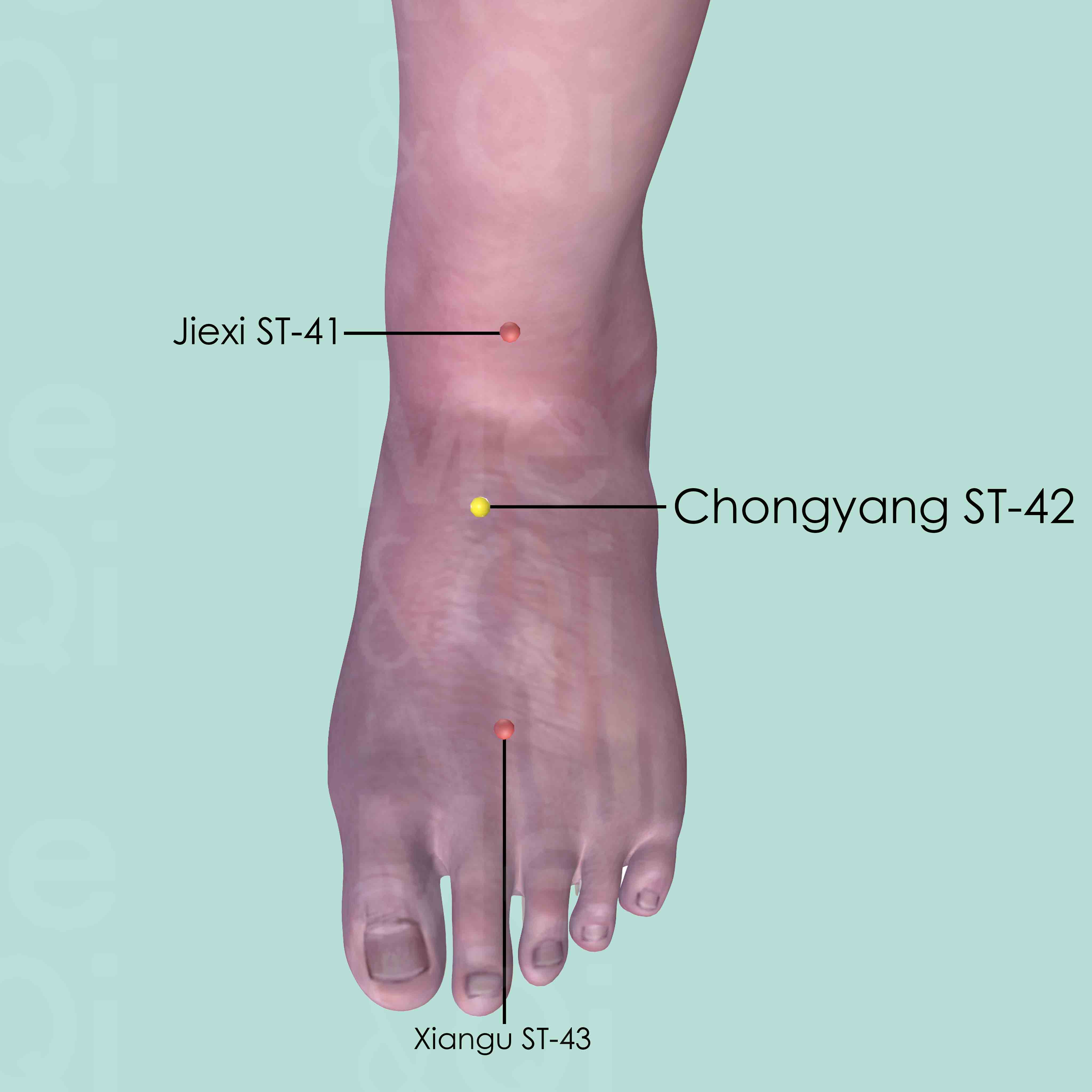Foot Muscle Atrophyaccording to TCM
Symptom families: Muscle Pain, Disorders and Symptoms, Feet Issues
Parent symptom: Muscle Atrophy
What is Foot Muscle Atrophy?
Foot muscle atrophy refers to the thinning or weakening of the muscles in the foot, leading to a decrease in muscle mass and strength. This condition can result from a variety of causes, including disuse, nerve damage, or underlying health conditions.
Synonyms like decreased muscle mass in the foot, foot atrophy, and muscle wasting in the foot all highlight the progressive loss of muscle tissue, affecting mobility and quality of life. Muscle atrophy in the foot is a specific manifestation of the broader category of muscle atrophy, emphasizing the localized loss of muscle strength and function.
How does TCM view Foot Muscle Atrophy?
Traditional Chinese Medicine (TCM) interprets foot muscle atrophy through the lens of Qi (vital energy) and Blood Stagnation, viewing it as a consequence of the body's inability to nourish and sustain muscle tissues. According to TCM, the health of the muscles is closely linked to the Liver and Kidney Channels, which govern the flow of Qi and Blood throughout the body.
Disruptions in this flow, whether due to injury, illness, or imbalance, can lead to atrophy as the muscles receive inadequate nourishment. TCM emphasizes the importance of identifying the underlying disharmony—be it Qi Deficiency, Blood stasis, or Yin/Yang imbalance—to effectively address and reverse muscle atrophy.
Acupoints for Foot Muscle Atrophy
In managing foot muscle atrophy, TCM advocates for the strategic use of acupuncture to stimulate specific points along the meridians, enhancing Qi and Blood circulation to the affected area. Chongyang ST-42 is one such acupoint, located on the dorsum of the foot, pivotal in tonifying the Stomach and Spleen, organs crucial for the production and distribution of Qi and Blood.
By activating Chongyang ST-42, practitioners aim to revitalize the foot's muscular health, counteracting atrophy by promoting nourishment and removing obstructions that impede energy flow.
This approach is reflective of TCM's holistic perspective, seeking not only to alleviate symptoms but to address the root cause of the imbalance. Through such targeted treatments, TCM offers a complementary pathway to recovery, emphasizing the body's innate capacity for self-healing and the restoration of functional harmony.
See more details below about Chongyang ST-42, an acupoint used to address foot muscle atrophy.
- By Meridian
- Stomach Channel

Chongyang ST-42
Distal to Jiexi ST-41, at the highest point of the dorsum of foot, between the tendons of the extensor hallucis longus and the extensor digitorum longus, directly lateral to the point where the dorsalis pedis artery may be palpated. The point is bordered proximally by the 2nd and 3rd metatarsal bones and distally by the 2nd and 3rd cuneiform bones.
